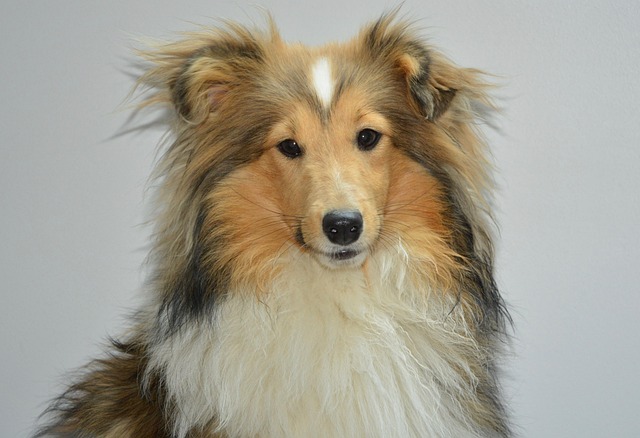
How do i train my dog to be obedient?
Watching your dog dart across the park ignoring your calls isn’t just frustrating—it can put them at risk near busy streets or public spaces.
There’s nothing more frustrating for new dog owners than coming home to a puddle on the living room carpet or a surprise on the couch. Toilet training, or potty training, is one of the first big milestones in your journey with your new pup—and it’s totally doable with patience and the right approach. Let’s break down how to make this process smooth for both you and your furry friend.
Dogs learn through association, plain and simple. When they relieve themselves in the right spot and get immediate positive feedback, they’ll quickly connect that action with good things. Think of it like teaching a toddler—consistency and celebration of success work way better than scolding. Your dog doesn’t understand “bad” behavior in human terms, but they do remember that going outside gets them treats and praise.
Start by establishing a routine. Puppies under six months need to go out often—after naps, meals, playtime, and first thing in the morning. Keep an eye out for their “I need to go” signals: circling, sniffing, or pacing. When you see these, say a simple cue like “go potty” and head outside to their designated spot, whether that’s the backyard or a nearby grassy area in your apartment complex. The second they finish, shower them with excitement: “Good potty!” and a tiny treat, like a piece of freeze-dried chicken. My neighbor Sarah used this method with her golden retriever puppy, and by 12 weeks, he was asking to go out by pawing at the door.

In the US, responsible pet ownership comes with legal duties. Make sure your dog is up-to-date on rabies vaccines—most states require this by 4 months old, with boosters every 1-3 years. When out in public, always carry poop bags. In cities like Chicago or Boston, leaving dog waste unattended can land you with fines up to $200, and it’s just good neighborly etiquette too.
Culturally, scolding or punishing your dog for accidents is a big no. Yelling or rubbing their nose in messes doesn’t teach them anything—instead, it builds fear. Stick to positive reinforcement: if you catch them mid-accident, calmly pick them up and move them outside, then reward if they finish there. For apartment dwellers, consistency is key—sticking to your potty schedule prevents late-night accidents that disturb downstairs neighbors. When walking in shared spaces, keep your dog leashed and steer clear of kids’ play areas when they’re using the toilet.
Remember, every dog learns at their own pace. Stay consistent, keep those treats handy, and celebrate every small win. Before you know it, those carpet surprises will be a thing of the past.

Watching your dog dart across the park ignoring your calls isn’t just frustrating—it can put them at risk near busy streets or public spaces.

New puppy owners often find themselves rushing to clean up accidents before they set in, and that’s where puppy pad training becomes a game-changer.

If you've noticed your dog's waistline disappearing and your veterinarian has mentioned those few extra pounds, your first instinct might be to simply reduce the amount of food in their bowl.

Training a dog to use a designated spot indoors isn’t as daunting as many new owners fear, but it does take consistency and an understanding of your pet’s needs.

That moment of dread on a walk is all too familiar for many new dog owners. You see another dog approaching down the sidewalk of your neighborhood

If the sight of another dog on your neighborhood walk makes your heart sink as your own dog erupts into a frenzy of barking and lunging, you're not alone.